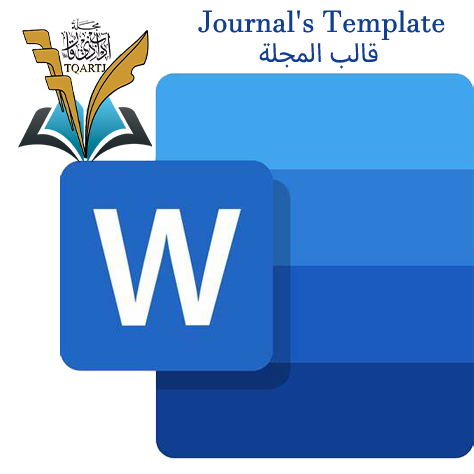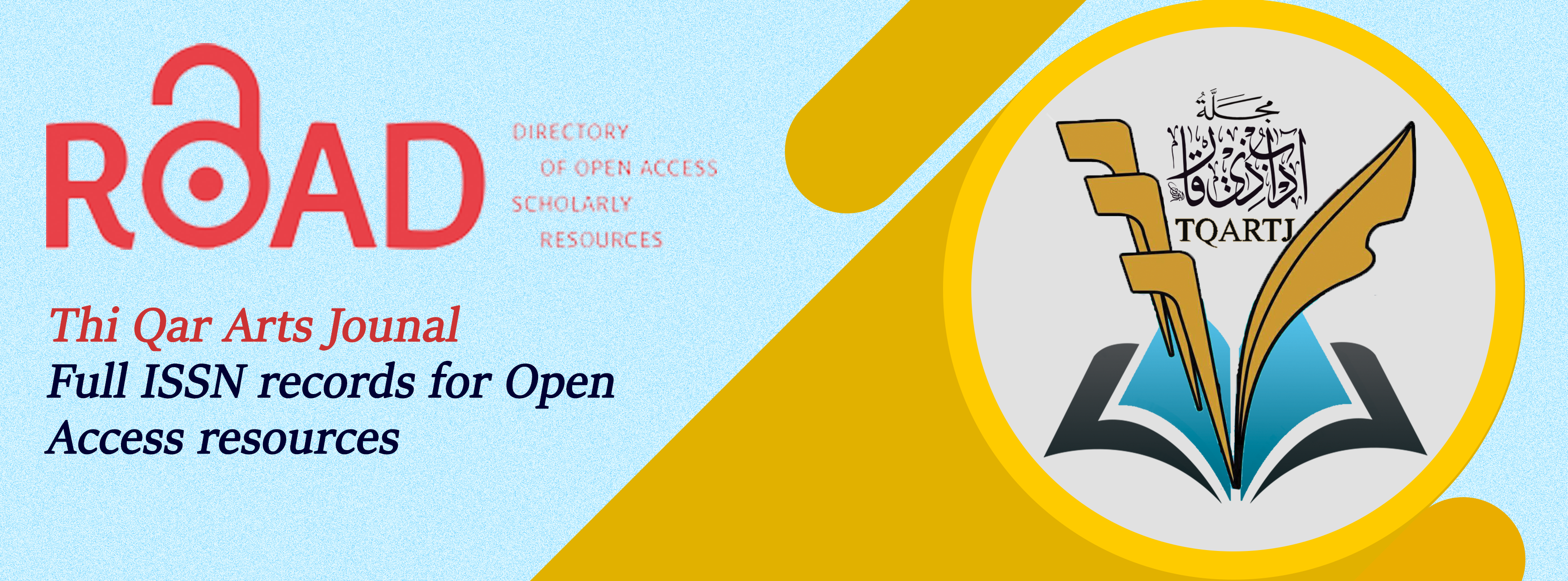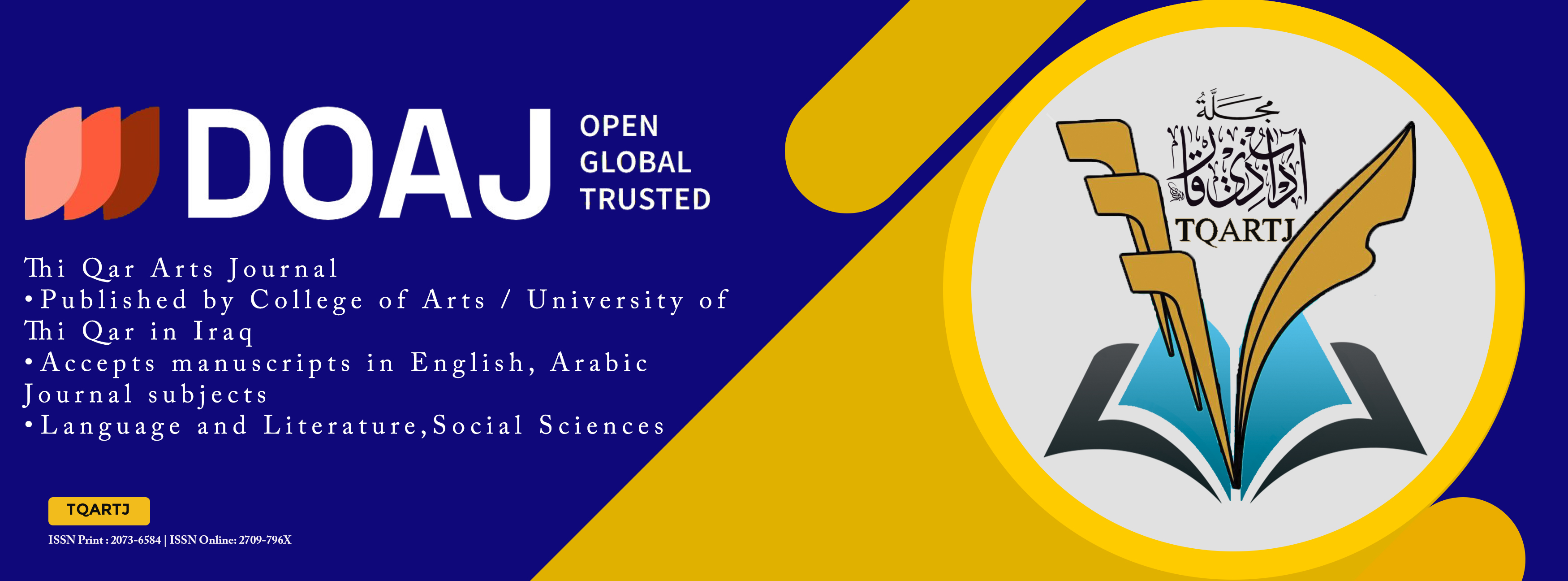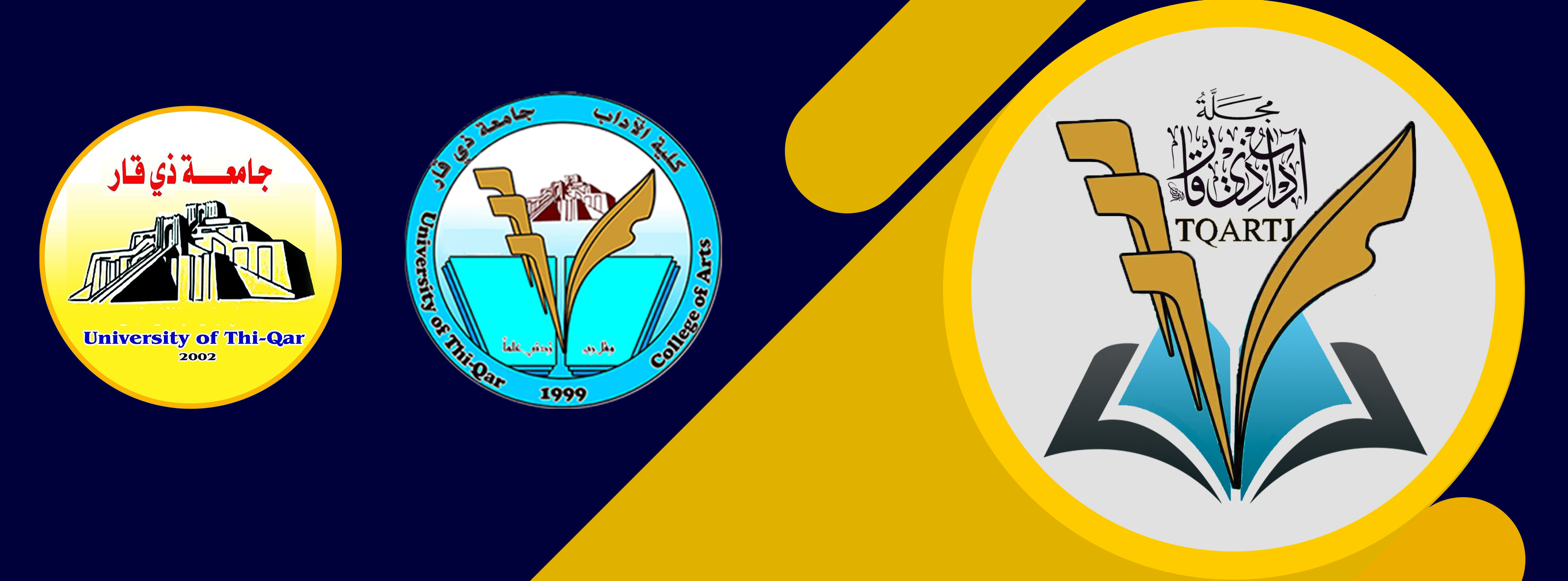A Study of Iraqi EFL Learners' Misuse of Repetition as an Emphatic or Redundant Process in Translation
DOI:
https://doi.org/10.32792/tqartj.v1i40.363Keywords:
Translation; EFL students; Repetition, Misusing; Emphatic; RedundantAbstract
Recently, translation studies have received more attention on translation efficiency and the correct use of repetition in the translation process to know what translator’s skills are important in order to achieve a qualified and precise translation. The current study aims to investigate the misuse of repetition as an emphatic or redundant process in translation by EFL learners, especially the Iraqi university EFL students. The study sample consisted of 30 randomly selected fe/male students at the department of English language majoring in translation or English language literature of University of Thi-Qar.
A researcher’s designed test has been administered to the Iraqi EFL learners and their responses have been descriptively analyzed. The study is dealt with four sections to discuss and find the precise results of the planned aims. So, the first section presents introduction, problem statement, research questions, objects, and research significance. The second section deals with the literature review to expose theoretical background of translation, repetition, redundancy, and related studies. The third section is about research method and design. Whereas, the fourth section exposes the results and discussions where it is found that the Iraqi university EFL students have a low level of awareness of translation skills and low performance regarding the use of repetition in their translation process which can be referred to their insufficient lexical knowledge in both target and source languages.
Furthermore, the results also showed that a large part of the EFL students was able to distinguish the repeated terms, however they do not realize the reason or the purpose of the correct use of the emphatic repetition as a tool that contributes to creating lexical coherence in texts. The study concluded that there are many causes of the misusing forms of repetition in translation, including the students’ weak ability to translate abbreviations and their inability to find suitable synonyms for Arabic words to be used in English translation. These major causes point to the urgent need for systematic reforms of the curriculum, methods of teaching EFL in universities, and strategies adopted for teaching translation to students. An appendix of the test is found at the end of the research.
Downloads
References
● Al-Fahmawi, O. (2014). Translating repetition in political speeches. Arab World English Journal, Special Issue on Translation, 3, 105-115.
● Albir, A.H. (2005). Investigating translation competence: Conceptual and methodological issues. Meta: journal des traducteurs/Meta: Translators' Journal, 50(2), 609-619.
● Albir, S. (2015). Translation process and problem of translation in world classics. An International Multidisciplinary Research e-Journal, 1(1), 125-133.
● Al-Ghazalli, M. F., & Layth, M. (2019). Investigating Translation Competence of Iraqi EFL Students in Conveying Cultural Expressions into Arabic. European Journal of English Language and Literature Studies, 7(1), 1-15.
● Al-Mukharriq, H. (2019). Repetition as an Effective Rhetorical Device in Arabic and English Argumentative and Expository Texts. A thesis submitted to the Faculty of Arts in fulfilment of the requirements for the degree of Ph.D.
● Al-Shurafa, N. (1994). Text linguistics and cohesion in written Arabic. Art and humanties, 2(7), 17-33.
● Al-Sohbani, Y., & Muthanna, A. (2013). Challenges of Arabic-English translation: The need for re-systematic curriculum and methodology reforms in Yemen. Academic Research International, 4(4), 442.
● Haiman, J. (1997). Repetition and identity. Lingua, 100(1-4), 57-70.
● Hawthorn, J. (2000). A Glossary of Contemporary Literary Theory. London: Arnold, Hodder Headline Group.
● Heltai, P. (2005). Explicitation, redundancy, ellipsis and translation. New Trends in Translation Studies. In Honour of Kinga Klaudy. Budapest: Akadémiai Kiadó, 45-74.
● Hoey, M. (1991). Patterns of Lexis in Text. Oxford. Oxford University Press.
● Jakobsone, R. (1971). Language in Relation to other Communication. Selected Writing, II. The Hague: Mouton
● Johnstone, B. (1991). Repetition in Arabic Discourse: Paradigms, Syntagms, and the Ecology of Language. John Benjamins.
● Klaudy, K., & Károly, K. (2017). 10 The Text-organizing Function of Lexical Repetition in Translation. Intercultural Faultlines: Research Models in Translation Studies: v. 1: Textual and Cognitive Aspects, 143.
● Lahlali, E. M. (2012). Repetition and Ideology in Nasrallah ‘s Political Speeches. The American University, Cairo.
● Lida, L., & Yanhong, Z. H. A. N. G. (2012). A Contrastive Analysis of Repetition Strategies Employed in Chinese EFL Writing and Chinese-English Translation. Intercultural Communication Studies, 21(2), 111-130.
● Mahmoud, L. Z. (2019). Redundancy in Translation: Problems and Solution. College of Basic Education Researches Journal, 15(4).
● Mohammed, A. (2018). Saudi EFL students' linguistic mistakes in translating from Arabic to English. College of Science & Humanities, Prince Sattam bin Abdulaziz University (PSAU), Saudi Arabia.
● Najjar, I. I. (2014). The translation of lexical and morphological repetitions in the Arabic novel Thartharah Fawg Alnel into the English Adrift on the Nile (Doctoral dissertation, University of Malaya).
● Najjar, I. (2015). ‘Repetition’in Arabic-English Translation: The case of Adrift on the Nile. International Journal of Foreign Language Teaching and Research, 3(10), 24-34.
● Nida, E. (1964). Towards a Science of Translation. Leiden, Brill, Netherlands.
● Persson, G. ( 1974 ). Repetition in English - Part 1 : Sequential Repetition. UPPSALA.
● Qassem, M. A. (2014). The Arab translation students’ hindrances in translating political culture from English into Arabic. Arab World English Journal (AWEJ), 5 (4), 240-253.
● Shunnaq, A., & Farghal, M. (1999). Translation with reference to English and Arabic: A practical guide. Dar Al-Hilal for Translation. Irbid: Jordan.
● Tahaineh, Y. S. (2010). Arab EFL university students’ errors in the use of prepositions. Modern Journal of Applied Linguistics, 1(6), 76-112.
● Tannen, D. (2007). Talking voices: Repetition, dialogue, and imagery in conversational discourse (2nd edition). Cambridge: Cambridge University Press. http://dx.doi.org/10.1017/CBO9780511618987
● Yuliasri, I. (2016, December). Students ‘common errors in translation. In UNNES International Conference on ELTLT (pp. 325-329).
● Zakhir, M., & Gross, A. (2009). The Theories of Translation From History to Procedures. Personal Journal of Philosophy of Language and Education, 1(1), 114-120.
Downloads
Published
Issue
Section
License
Copyright (c) 2022 Lecturer: Sahab Salih Fenjan

This work is licensed under a Creative Commons Attribution 4.0 International License.
The journal applies the license of CC BY (a Creative Commons Attribution International license). This license allows authors to keep ownership of the copyright of their papers. But this license permits any user to download, print out, extract, reuse, archive, and distribute the article, so long as appropriate credit is given to the authors and the source of the work. The license ensures that the article will be available as widely as possible and that the article can be included in any scientific archive.



















